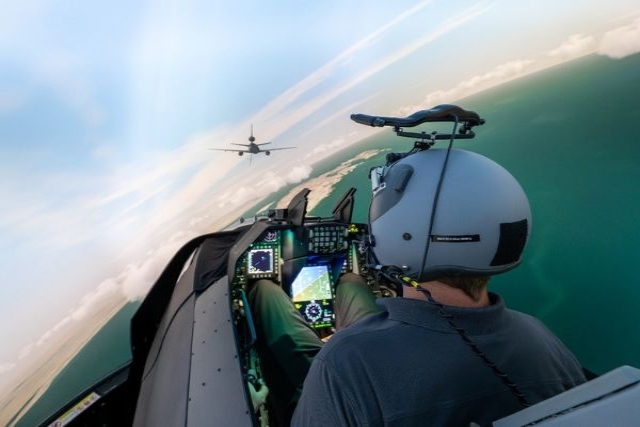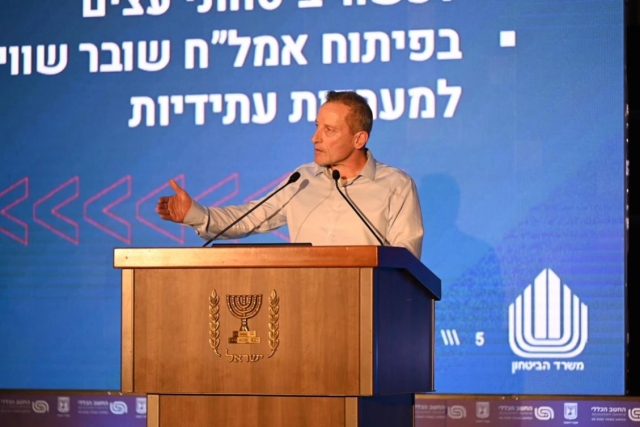US DoD Details Nuke Bomb Upgrade Program
The US Defense Department officials testified on Capitol Hill yesterday about the program to modernize one of the oldest weapons in the U.S. nuclear arsenal.
and, spoke at a hearing of the House Armed Services Committee’s strategic forces subcommittee.
The B61-12 nuclear gravity bomb has the oldest warhead design in the U.S. nuclear stockpile, Creedon said, noting that some of the warhead’s components date back to the 1960s.
“Only through extraordinary measures has this aging family of weapons remained safe, secure and effective far beyond its originally planned operational life,” Air Force Gen. C. Robert Kehler, commander of U.S. Strategic Command told the House panel.
No full-scope nuclear modernization programs have taken place since production of new warheads was suspended in the 1990s, Madelyn R. Creedon, the assistant secretary of defense for global strategic affairs added.
The B61-12 modernization program is intended to address several components that are affected by age-related issues, Creedon said, and will give the B61-12 an extended lifespan while making sustainment more cost-effective.
The nation’s nuclear forces perform three key functions, Kehler told the subcommittee. They deter potential adversaries, assure allies and partners of the United States’ extended deterrence commitments to them, and “in the unlikely event deterrence fails, [they employ] nuclear weapons when directed by the president to achieve U.S. and allied objectives,” he said.
Effectively performing those missions, the general said, requires modernized nuclear delivery systems and programs that can repair and replace aging components.
A multi-decade effort to revitalize the nuclear deterrent force and its supporting infrastructure is just beginning, Kehler told the panel. The B61-12 life extension program is just one aspect of that effort, he said, which includes upgrades to the land-based ballistic missile capability, replacement of Ohio-class submarines, development of a new long-range penetrating bomber and upgrades to the existing B-52H Stratofortress and B-2A Spirit bomber force.
In addition, the nuclear enterprise’s baseline modernization program, called the “3-plus-2 strategy,” will consolidate 12 unique warhead types into three interoperable variants deliverable from land-based platforms and submarines, with two additional variants for aerial platforms, Creedon said. This would set the stage for a reduction in the total number of stockpiled nuclear weapons, she noted.
The life extension program is estimated to cost about $8.1 billion through 2024, Creedon said, and the Defense Department continues to examine the program for potential savings. Despite these efforts, she said, the program remains threatened by sequestration.
Cuts to other programs have stressed the baseline modernization program, the assistant secretary said, and are contributing to unplanned cost increases in the B61-12 life extension program by lengthening development and production periods.










